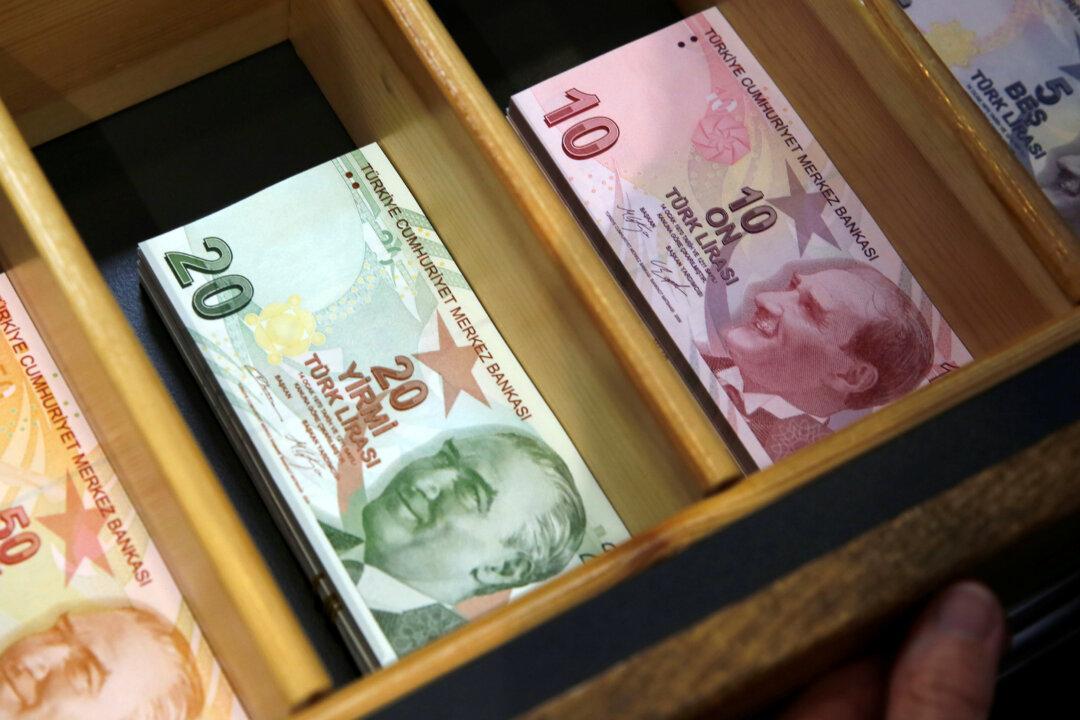To understand the routs in Turkey, Argentina, and other emerging markets, one needs to understand the anatomy of a credit bubble. They are all the same, although the companies and countries caught up in them are different.
Credit conflagrations are normally ignited by a small, wrong-footed speculator. Those with the thinnest capital have the most to win and the least to lose by levering up marginal asset as a bubble drives interest rates lower.





